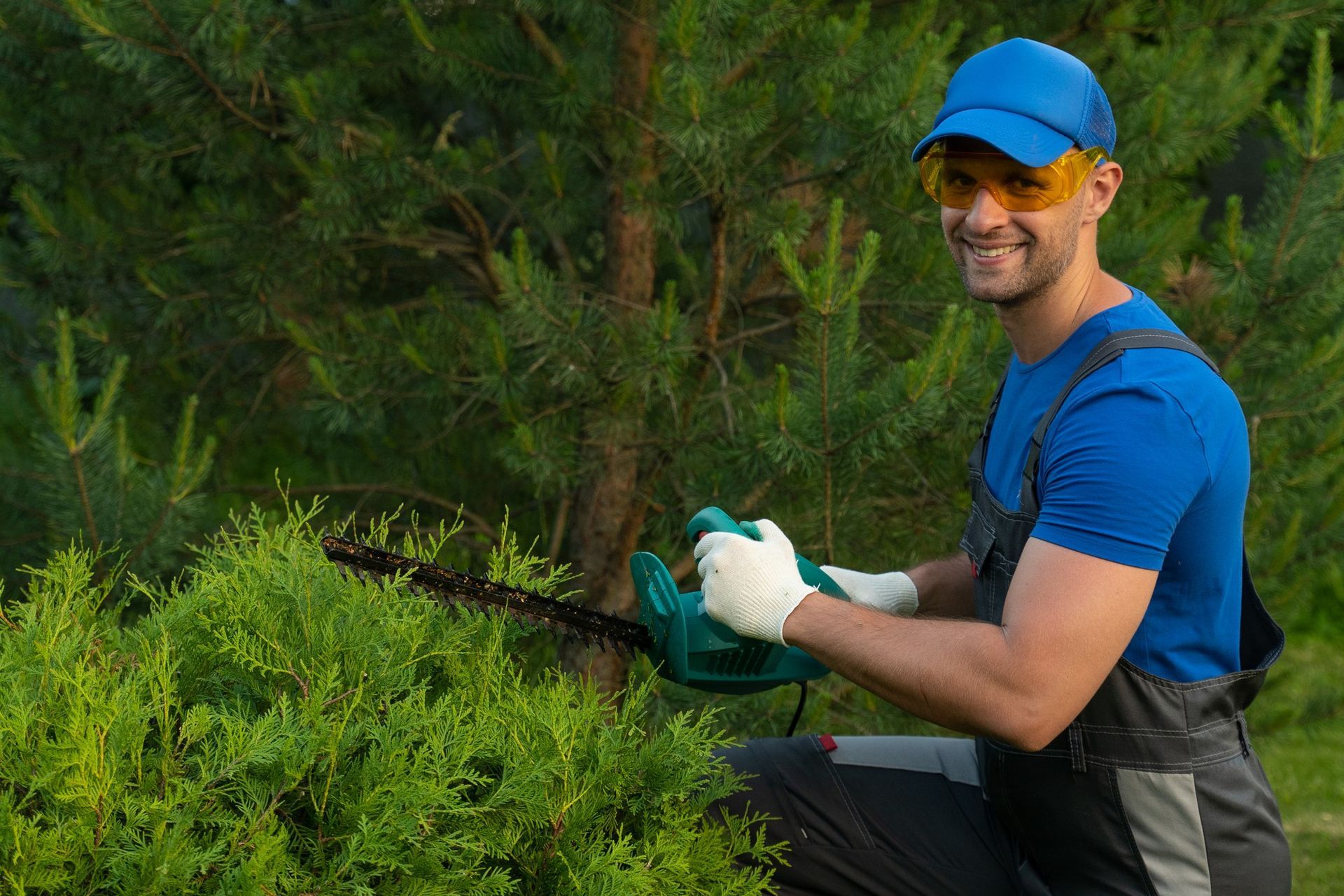As these urban forests, arborists fulfill a crucial role in preserving the vitality and appearance of arboreal species. Professional tree care experts possess an extensive knowledge of botanical sciences, safety practices, and ecological interactions, making them essential when it comes to managing our urban forests and wild areas. Whether Go to the website focus on enhancing visual appeal, ensuring structural safety, or diagnosing diseases, arborists bring the tools needed to keep trees thriving.
Besides beyond their skills, arborists have their favorite selections when it comes to tree species. Diverse trees bring distinct advantages and obstacles, and picking the right ones is important for both functional and aesthetic purposes. In this article discuss the 10 most popular tree species that each arborist favors, examining the reasons why these specific species are held in esteem and the maintenance they need. If you are a tree enthusiast or a property owner seeking to beautify your garden, understanding these species can provide valuable insights into making the best choices for your environment.
The Significance of Licensed Arborists
Employing a certified arborist is crucial for ensuring the health and safety of trees. These professionals possess the specialized knowledge and training necessary to assess tree health, detect issues, and implement effective solutions. Their expertise ensures that trees are nurtured properly, promoting longevity and vitality, which ultimately supports homeowners and communities together.
Certified arborists understand the complexities of tree biology and mechanics, allowing them to make informed decisions about pruning, cabling, and other actions. They can detect signs of disease or pest infestations quickly, reducing potential damage and costs. Moreover, their training equips them with skills to evaluate tree risk, making them essential for urban environments where trees interact closely with structures and people.
In addition to hands-on tree care, certified arborists play a key role in educating the public about tree stewardship. They advocate for sustainable practices that support biodiversity and ecosystem health. By opting to work with a certified arborist, individuals play a part to a healthier urban landscape and ensure that their trees receive the best possible care.
Key Insights from Professional Arborists
Tree care specialists emphasize the importance of comprehending tree biology and the environmental factors that affect tree health. They know that each tree species has unique needs, and recognizing these variations is crucial for their care. Arborists often stress that adequate watering, mulching, and pruning techniques can significantly enhance a tree's growth and longevity. This understanding allows them to tailor their care strategies based on the individual requirements of various tree species, ensuring optimal health.

Another key insight shared by arborists is the importance of regular tree inspections. They suggest that monitoring trees for signs of disease or stress can prevent larger issues down the line. During inspections, arborists look for indicators such as color changes, unusual growth patterns, or pest infestations. Early detection enables arborists to take proactive measures, whether through remedy or by recommending removal if the tree poses a risk.
Lastly, arborists are active supporters for sustainable practices in tree management. They often highlight the importance of preserving indigenous species and promoting biodiversity in urban environments. By educating property owners about the advantages of planting the right tree in the right location, arborists contribute to healthier ecosystems. Their knowledge not only helps in the cultivation of trees but also informs the community on the broader impacts of tree care on wildlife and the environment.
Crucial Arborist Methods and Tools
Arborists utilize a variety of necessary practices and instruments to maintain the health and protection of trees. One crucial practice is regular tree inspections, which allow arborists to spot potential issues such as illness, pest infestations, and physical weaknesses. Armed with a sharp understanding of tree physiology, they analyze tree health and provide advice for care. This proactive approach helps preserve a thriving urban tree cover and avoid risks that could emerge from damaged trees.
In addition to evaluations, trimming is a vital method that encourages sustainable development and enhances the visual appeal of trees. Arborists employ specialized tools like hand pruners, saws, and safety harnesses to securely access tree branches while minimizing little damage to the tree. Understanding the appropriate timing and technique for trimming is essential, as it promotes new development and assists in shaping the tree according to its environment. Arborists are educated to ascertain the best techniques for each species and situation, making their expertise priceless.
In conclusion, arborists use modern tools to aid in their work. Tools such as bucket trucks, stump grinders, and wood chippers streamline the process of tree removal and maintenance. Advanced software is often utilized for conducting hazard evaluations and developing care strategies. By combining traditional methods with modern technology, arborists enhance their capability to care for trees, ensuring they flourish in both wild and city environments.
